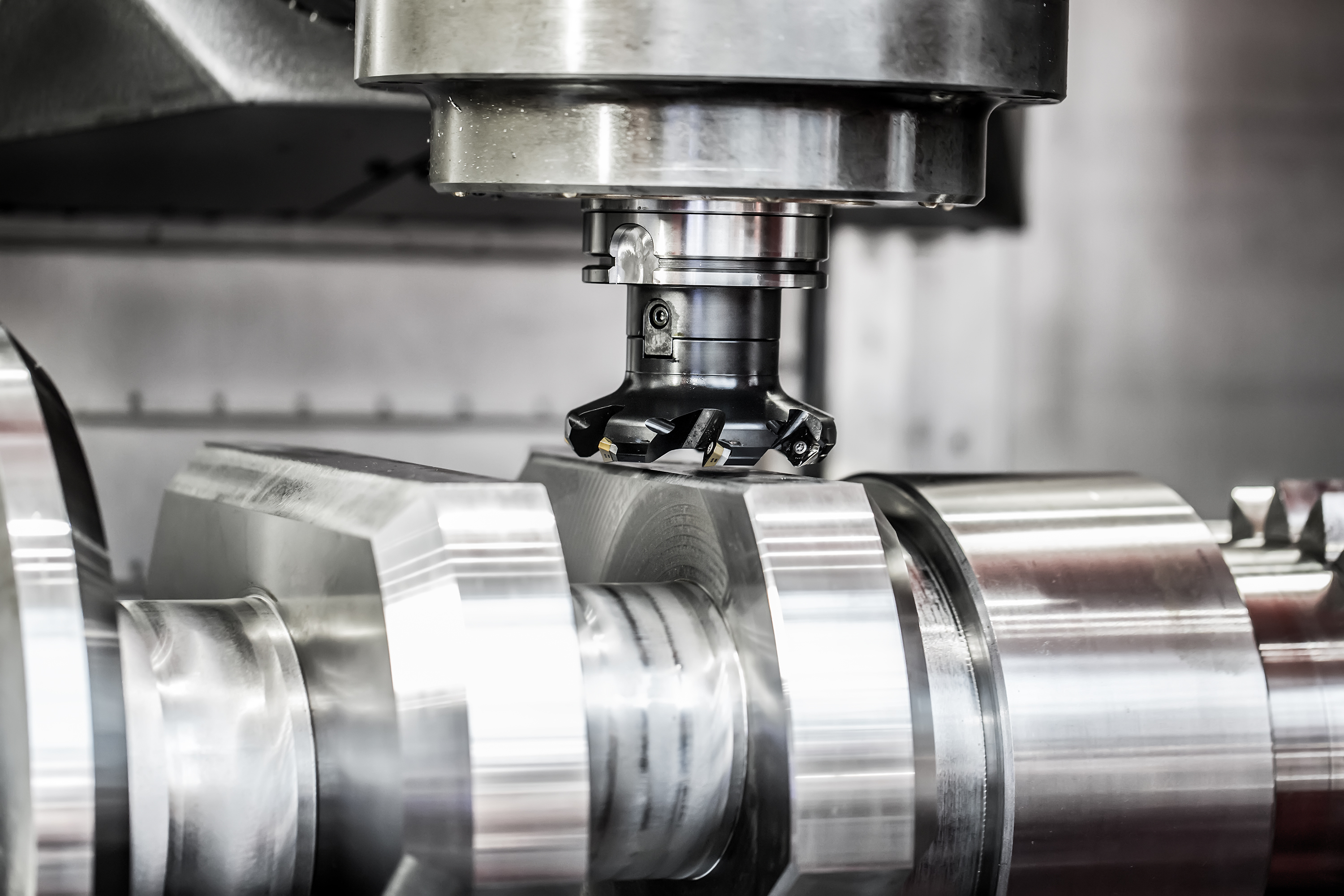Before the invention of CNC machining and mills, metalworking and fabrication was being done by numerical control (or NC) machines. The NC machines were invented in the late 1940s by John T. Parsons and the Massachusetts Institute of Technology (MIT). They had been commissioned by the United States Air Force, and the goal of their work was to find a more cost-effective way to manufacture aircraft parts with intricate geometries. NC became the industry standard.
The CNC mill was a possibility until the late 1960s when the concept of computer-controlled machining started to circulate. The early 1970s saw significant developments in CNC machining and the CNC mill. 1976 marked the first year 3D Computer-Aided Design/Computer-Aided Machining systems were made available. By 1989, CNC machines had become the industry standard.
The old NC machines had been controlled by punch cards that had a set of codes. These codes were called G-codes. The codes were made to give the machine its positioning instructions. A large sticking point with these machines was that they were hardwired, which made it impossible to change any pre-set parameters. As CNC machines and CNC mills became more prevalent and took over, G-codes continued to be used as a means of control, but now they were designed, controlled, and managed through computer systems. Today, the G-codes in CNC machines, along with logical commands, have been combined to form a new programming language. This language is called parametric programs, and the machines that feature it allow the worker to make real-time adjustments.
